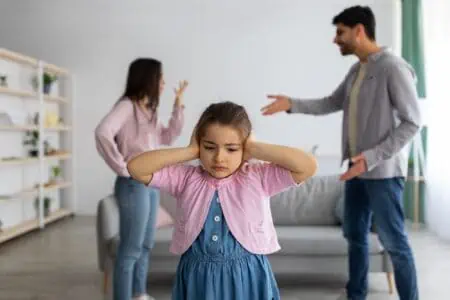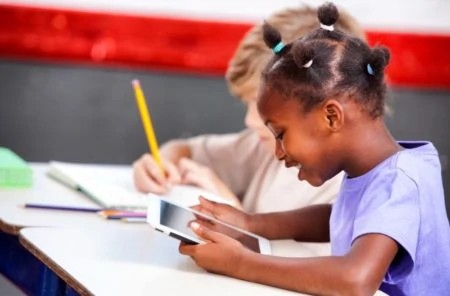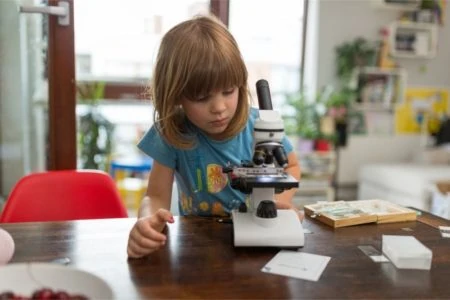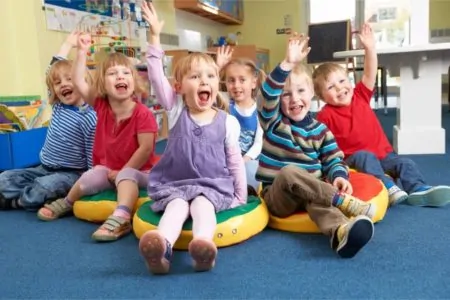If you are looking for the hard numbers on how separation shapes emotional and academic growth, I have gathered the most important data for you. Here are 25 eye-opening statistics and facts about children of divorce, backed by government data and psychological studies.
Key Facts About Children of Divorced Parents
- U.S. divorce rates are trending down: The current rate is roughly 2.5 per 1,000 people, significantly lower than the peak in previous decades.
- Mental health risks increase: Children of divorce are statistically more likely to face depression, anxiety, and substance abuse issues.
- Self-blame is common: Kids between the ages of six and 11 are the most likely age group to feel at fault for their parents’ separation.
- Relationships are harder: Adult children of divorced parents often struggle to form long-term friendships and romantic partnerships.
25 Statistics and Facts About Children of Divorce
Divorce is unfortunately common, and the aftershocks can last a lifetime. To help you understand the landscape, I have compiled 25 facts covering global rates, the impact on well-being, and age-specific reactions.
Divorce Rates In the World
Let’s look at the global trends to see how divorce affects families in the U.S. compared to the rest of the world.
- Divorce rates in the US: The numbers are actually falling. In 2021, the rate was 2.5 per 1,000 people (1). That is a significant drop from the year 2000, when the rate was 4 per 1,000 people. However, roughly half of all children will still see their parents split up at some point.
- Divorce rates in Canada: As of 2020, Canada’s divorce rate sat at 5.6 per 1,000 married people (2). This is a positive downward trend from 12.7 in 1991.
- Divorce rates in Mexico: Mexico maintains a very low rate. As of 2020, they reported only 0.7 divorces per 1,000 people (3).
- High rates in the Maldives: The Maldives holds one of the highest divorce rates globally at 5.52 per 1,000 people (4). Russia is not far behind, sitting in third place with 3.9 per 1,000 people.
- Vietnam’s low statistics: Vietnam, along with Sri Lanka and Peru, has some of the lowest rates in the world, reporting just 0.2 divorces per 1,000 people (5).
- The “eight-year itch”: In the U.S., 20 percent of marriages end within the first five years (6). Thirty-two percent dissolve within 10 years. The average duration of a first marriage that ends in divorce is roughly eight years (7).
Impact on a Child’s Wellbeing
A family breakup triggers a wide range of psychological, emotional, and academic shifts. Here are seven ways a split can alter a child’s day-to-day life and personality.
- Academic struggles increase: Children from divorced homes often face harder times in school. They are more likely to see a drop in grades or drop out entirely (8). Disruptive behaviors and substance abuse are also more common risks.
- Internalized worry: While some studies suggest most children show no “obvious” psychological problems, this can be misleading. Many kids internalize their stress, secretly worrying about big events where both parents must attend, even if they appear fine on the surface.
- Fear of conditional love: It is a heartbreaking reality, but many kids worry that love is temporary. If their parents can stop loving each other, they fear their parents might stop loving them too (9).
- Loss of face time: Divorce inevitably cuts down the time a child spends with each parent. While fathers often see a reduction in contact, mothers may also be less available because they have to work longer hours to support the household alone (10).
- Economic instability: Finances often take a hit. Custodial mothers can lose up to 50 percent of their household income after a split. This puts children of divorce at a higher risk of living in poverty compared to those in two-parent homes.
- Social withdrawal: Some children react by isolating themselves. They may lose interest in social activities, struggle to relate to peers, or feel too embarrassed to invite friends over to a new or smaller home.
- Relocation stress: Divorce rarely comes alone; it brings logistical chaos. Changing schools, moving to a new house, and adapting to a stressed-out single parent creates a high-anxiety environment for a child.
Divorce Impact By Age
Divorce hits differently depending on development. A toddler processes separation much differently than a moody teenager.
- Infants feel the tension: Even babies (zero to 18 months) are affected. They sense parental anxiety and stress, which can make them clingy, unsettled, or lead to developmental delays (11).
- Toddlers and separation anxiety: Toddlers who shuffle between homes may struggle with transitions. Studies show they can be more anxious and angry when reuniting with their primary caregiver (12), especially if the parents have high conflict.
- Preschool attachment issues: Insecure attachment is a real risk. One study noted that 57 percent of children aged two to seven who spent frequent overnights away from their mothers developed insecure attachments, compared to just 31 percent in intact families.
- School-age self-blame: Children between six and 11 often engage in “magical thinking,” believing they caused the divorce. They may think, “If I had behaved better, Dad wouldn’t have left.” This age group is also prone to taking sides.
- Grief in older kids: As they approach adolescence, children may feel profound sadness and grief (13). This emotional weight frequently manifests as behavioral problems or a sudden disinterest in schoolwork.
- Teenage resentment: Teens might understand the “why” behind a divorce, but they still feel the pain (14). Reactions range from depression and self-blame to anger and feelings of abandonment. They may act out to test boundaries.
Long-Term Impacts of Divorce
We have looked at the immediate aftermath, but what about the “sleeper effects”? How does a childhood breakup influence an adult’s life?
- Childhood remembered with sadness: A 25-year longitudinal study revealed that adults from divorced families often look back on their childhoods with a sense of sadness, recalling loneliness and a desire for more care (15).
- Accelerated maturity: It is not all negative. Some children develop independence faster (16). By gaining a healthy distance from a troubled home environment, they may mature quickly and place a high value on fidelity and compassion in their own lives.
- Relationship struggles: Trust issues can linger. Adults of divorce may find it harder to resolve conflict or maintain deep, long-term friendships (17).
- Emotional challenges persist: The American Association for Marriage and Family reports that 25 percent of children from divorced homes struggle with long-term emotional issues. In comparison, only 10 percent of children from married homes face similar challenges.
- Higher mental health risks: There is a documented correlation between parental divorce and an increased risk of developing anxiety and depression later in life (18).
- The divorce cycle: Perhaps the most startling stat is the intergenerational transmission of divorce. Children of divorce are statistically more likely to get divorced themselves, often due to ingrained trust issues or a lack of relationship role models.
How To Support Children During a Divorce
The average age of a child at the time of divorce is roughly six or seven years old (19).
Regardless of age, your support is the buffer that protects them. You cannot stop the hurt, but you can help them heal. Here are six crucial ways to support a child transitioning into a single-parent or co-parenting dynamic:
- Keep the explanation simple: When breaking the news, present a united front. Keep it simple, age-appropriate, and blameless. Do not drag the child into the messy details of why it is happening.
- Shield them from conflict: This is non-negotiable. Do not argue, yell, or discuss legal battles in front of the kids. Witnessing high conflict is often more damaging to a child than the divorce itself.
- Validate their feelings: Ask how they feel and just listen. They might be angry, sad, or relieved. Let them know all those feelings are okay. Do not try to “fix” their emotions immediately; just be a safe space for them.
- Stick to the routine: Chaos breeds anxiety. Keep bedtimes, meal times, and weekend rituals as consistent as possible. Familiarity provides a sense of safety when their world feels like it is turning upside down.
- Build a village: You do not have to do this alone. Lean on family, friends, or school counselors. A strong support system helps you stay sane, which in turn makes you a better parent.
- Reinforce your love: Your child needs to hear that the divorce is not their fault and that both parents still love them. Say it often. Then say it again.








